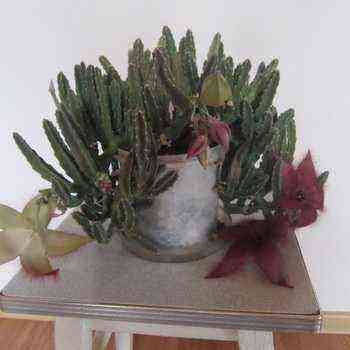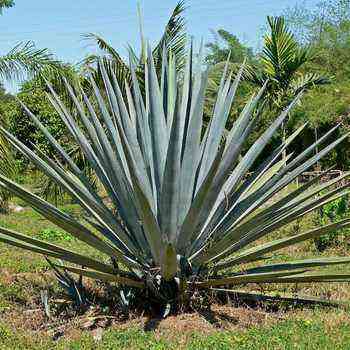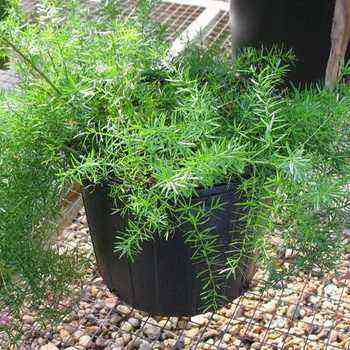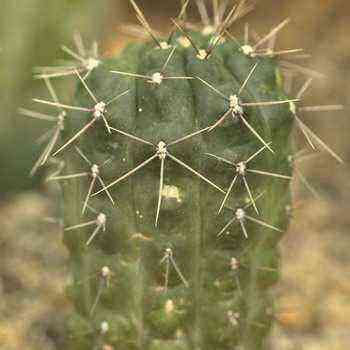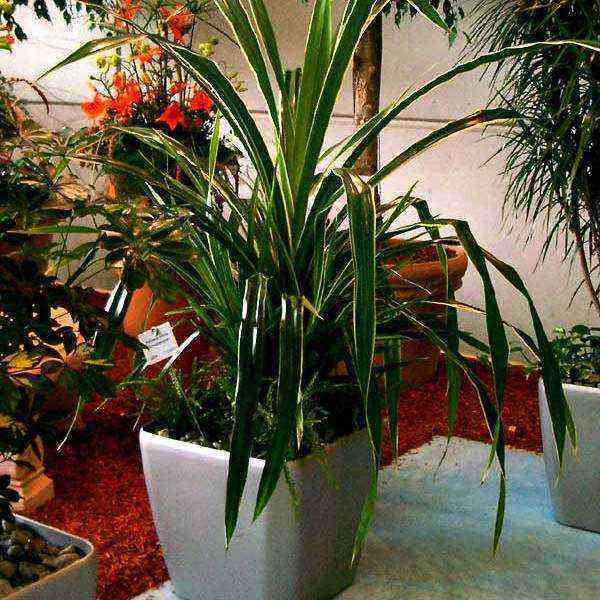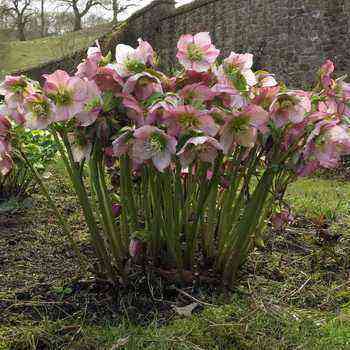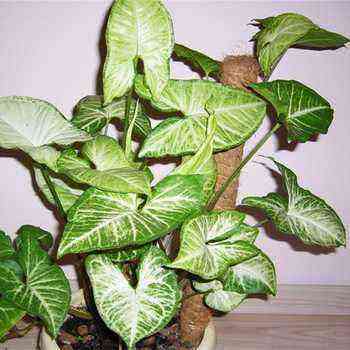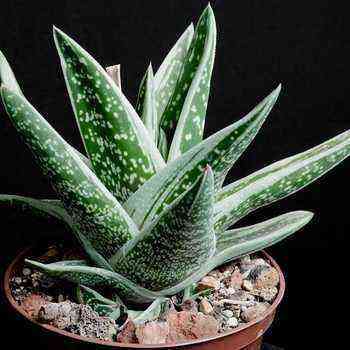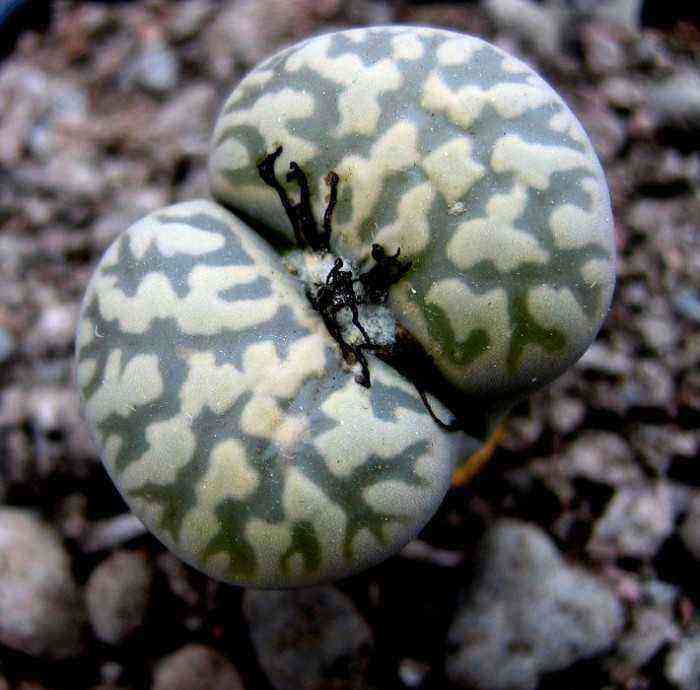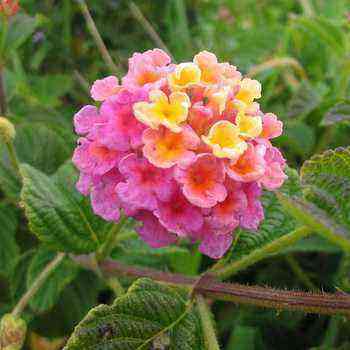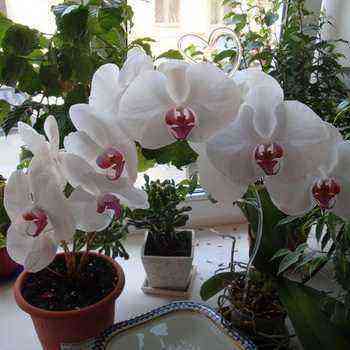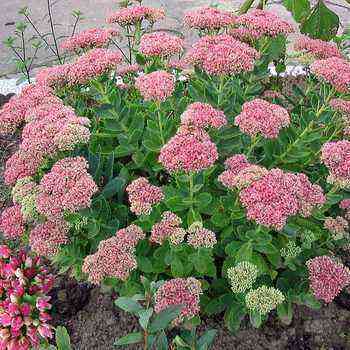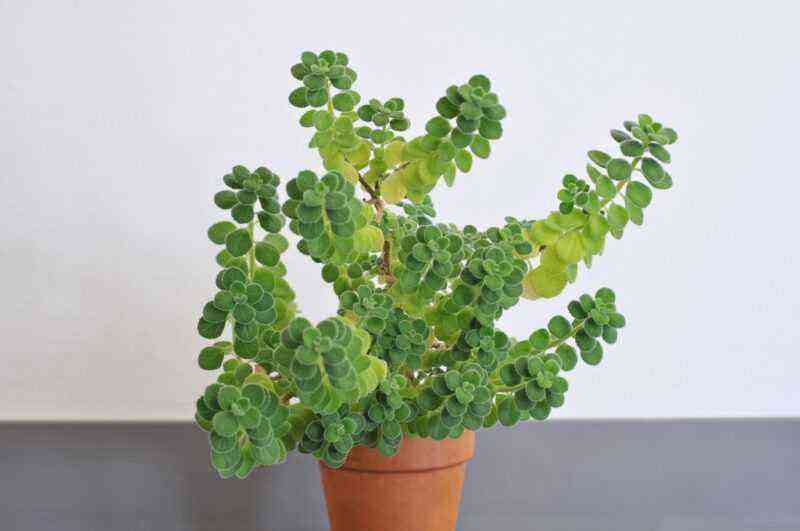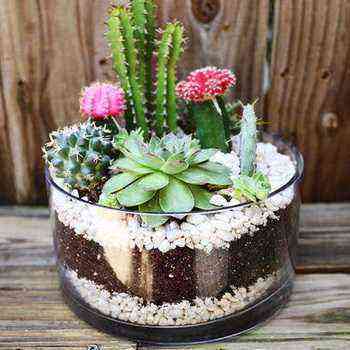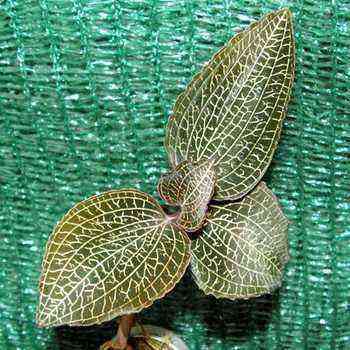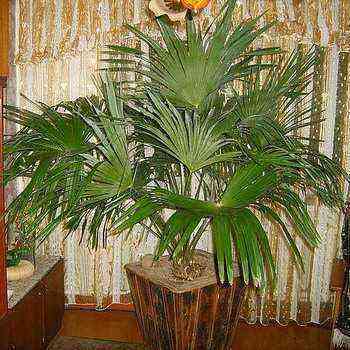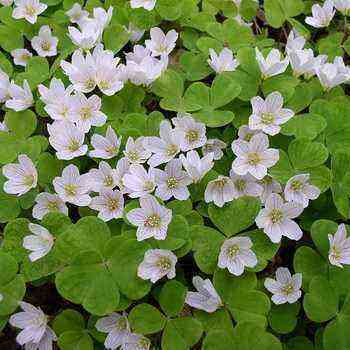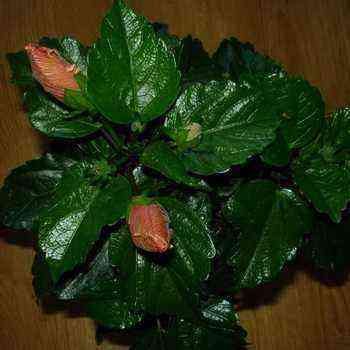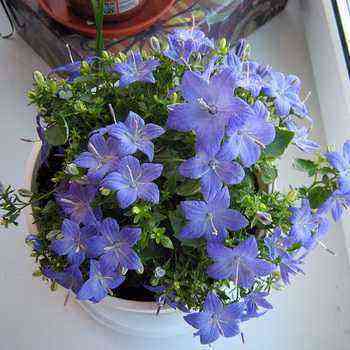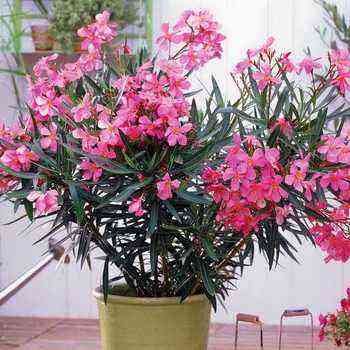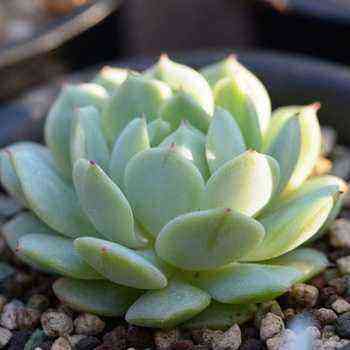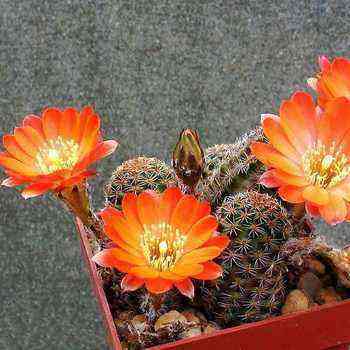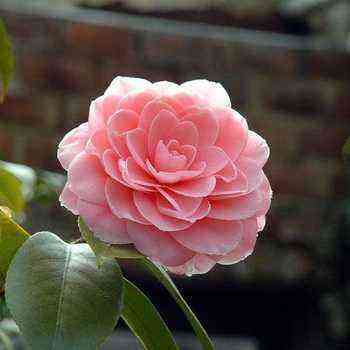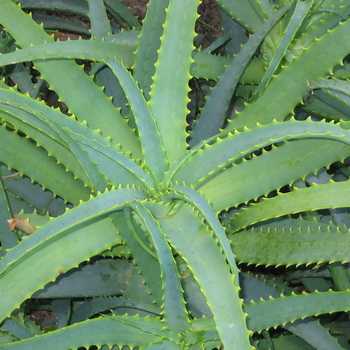 The houseplant aloe is rightfully called a “home first aid kit”. It contains many useful substances, so this succulent is used to treat diseases of a very different nature – from colds associated with a weakened immune system to gastrointestinal disorders. Also, due to its properties, the aloe plant is actively used in herbal medicine and cosmetology.
The houseplant aloe is rightfully called a “home first aid kit”. It contains many useful substances, so this succulent is used to treat diseases of a very different nature – from colds associated with a weakened immune system to gastrointestinal disorders. Also, due to its properties, the aloe plant is actively used in herbal medicine and cosmetology.
Types of indoor plant aloe
Race Aloe (Aloe) unites about 300 species of African shrubs, creeping or tree-like plants with succulent fleshy leaves.
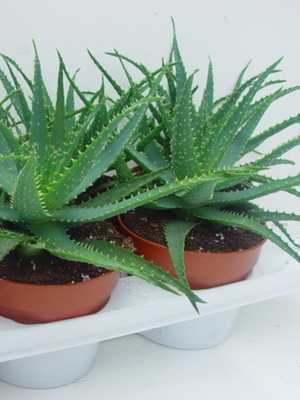
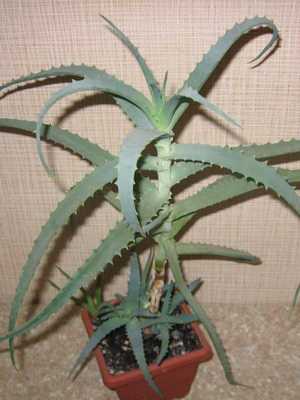
The most common and popular is aloe tree, or but. arborescence (A. arborescens). At home, the aloe plant blooms extremely rarely, which is why the name “agave” – ”blooming once in a hundred years” is also connected. By the way, this characteristic of aloe has spread to cacti: the belief about the rarity of cactus flowering is largely associated with aloe. Meanwhile, these plants have no external similarity.
Look at the photo – the aloe plant in the wild is a strongly branching tree or shrub 2-3 m high, and sometimes more, forming dense rosettes of leaves up to 80 cm in diameter:


In their homeland, in Africa, aloe bloom annually, forming tall (up to 80 cm) peduncles with large red flowers.


In addition to tree aloe among indoor plants, you can sometimes find A aristata (aristata), very similar to haworthia.
In this plant, leaves up to 10 cm long and up to 1,5 cm wide are collected in dense rosettes, and numerous white thorns are scattered on their dark surface.
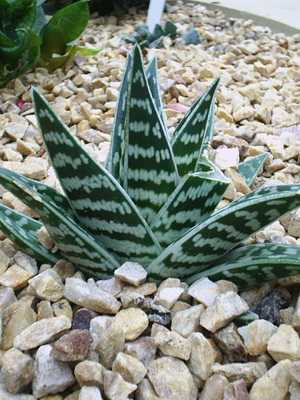
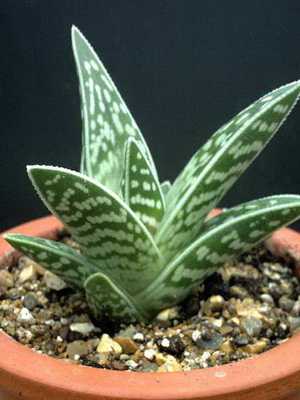
Another popular type of indoor aloe plant is A variegata (variegata), with relatively thin, folded boat and transversely striated leaves, collected in squat rosettes.
Care and propagation of a home plant aloe
The requirements for caring for an aloe plant and its growing conditions are about the same as for most cacti. And the most important of them is a cool and dry wintering.
Under normal conditions, aloes, especially those grown for the home living first aid kit, tend to suffer. Not only are they constantly “plucked”, they are also grown incorrectly.
In culture, these plants, like cacti, grow well in a loose substrate with a large amount of coarse sand and clay-sod land, to which it is not recommended to add peat. They need a lot of sunlight, abundant watering during the growth period. When caring for indoor aloe in winter, plants need a cool content (temperature about 10 ° C, rare watering). When properly grown at home, it turns out to be not only useful, but also a remarkably beautiful plant. At the same time, aloe can live in a room for a very long time and at a respectable age begin to bloom (there is a case of annual flowering after the plant reaches 17 years old). Aloe flowers appear in the middle of winter.
The most common mistakes when growing aloe are due to the fact that they are kept as regular, non-succulent plants. As a result, a lack of light leads to a strong stretching of the plant, heavy nutrient soil and abundant watering in winter – to acidification of the substrate and the death of roots. But aloe is remarkably tenacious. They do not get sick, and if they are brought to the loss of roots, they will easily take root in dry sand again.
When caring for aloe, plant propagation is carried out exclusively in a vegetative way – by rooting the tops, branches or by root layers. Cut cuttings are pre-dried for several days. Rooting is possible at any time of the year.
The main medicinal properties of the indoor plant aloe
This succulent plant is very often found in indoor culture, but it evokes associations not with floriculture, but with a pharmacy. Perhaps there is no other indoor plant so widely used for medicinal purposes. Moreover, adherents of all competing medical directions recognize the medicinal properties of the aloe plant.
The main medicinal properties of the aloe plant were known more than three thousand years ago. The succulent tissues of this succulent contain anthraglycosides, resinous substances, essential oils, enzymes, vitamins, phytoncides.
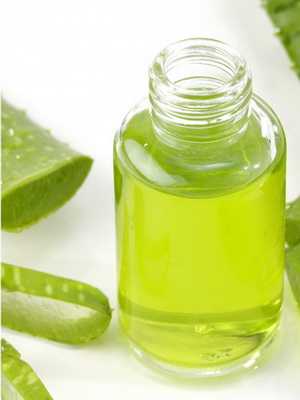
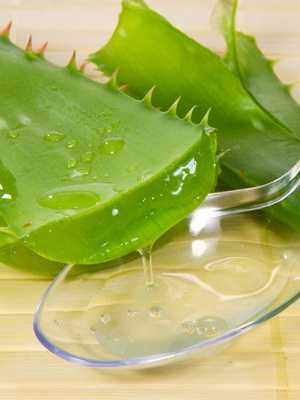
One stripped off aloe juice (sabur) has long been used for constipation. Aloe-based preparations have anti-inflammatory, disinfectant, choleretic, anti-burn and wound-healing effects, improve appetite and digestion.
The beneficial properties of the aloe plant are used in pharmacology and cosmetology (even diapers with aloe extract have appeared). At home, use mature (at least 15 cm long) leaves, which are cut in the winter-spring period. They are crushed with a meat grinder, squeezed out the juice, filtered through several layers of gauze, and boiled for 3 minutes. It is necessary to use the juice immediately, as it quickly loses its activity. 5-8 drops of juice, poured into the nostrils at intervals of 3-5 minutes, stop a runny nose. Knowing about the medicinal properties of the indoor plant aloe, preparations based on it are recommended for gastritis and gastric ulcer, as well as to increase the body’s resistance to infectious diseases. For these purposes, it is recommended to take one teaspoon of juice three times a day 30 minutes before meals. There are recipes for the preparation of alcoholic aloe tincture (“liqueur”): the crushed leaves are covered with sugar and kept for three days, then poured with vodka and insisted for another week, after which the leaves are squeezed out and the infusion is filtered. His
stored in the refrigerator and taken, like juice, a teaspoon three times a day half an hour before meals.

